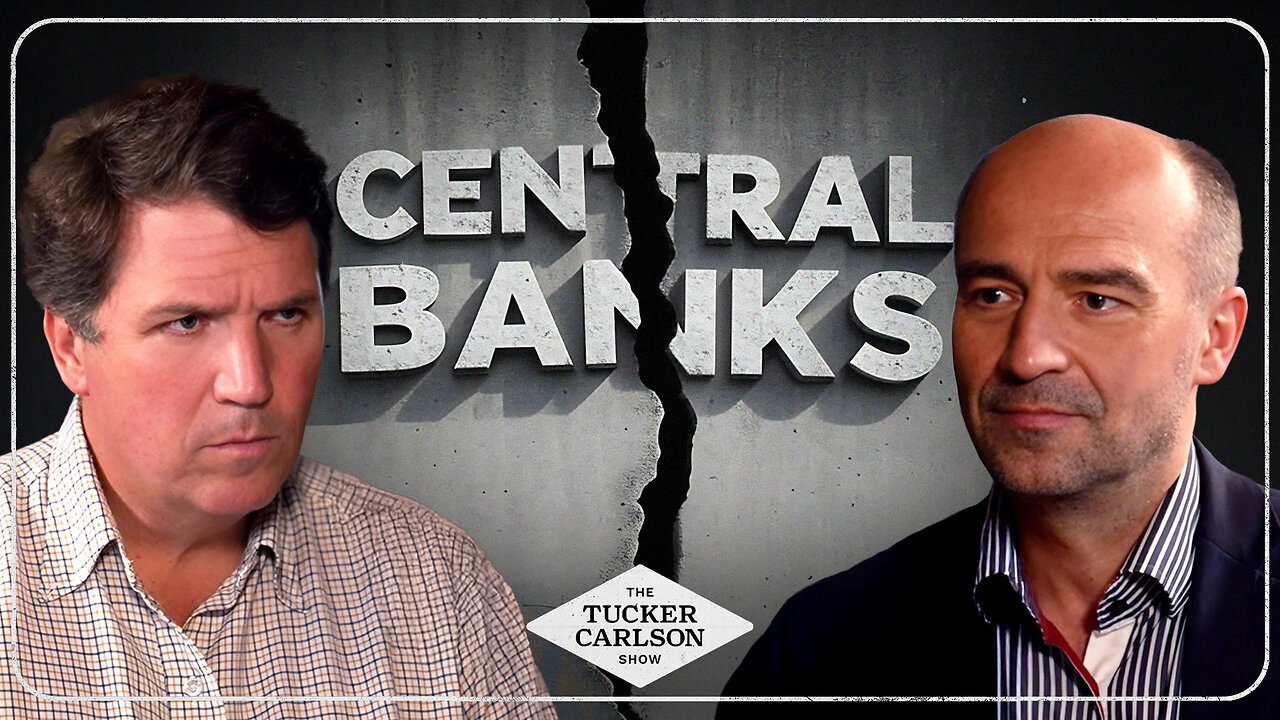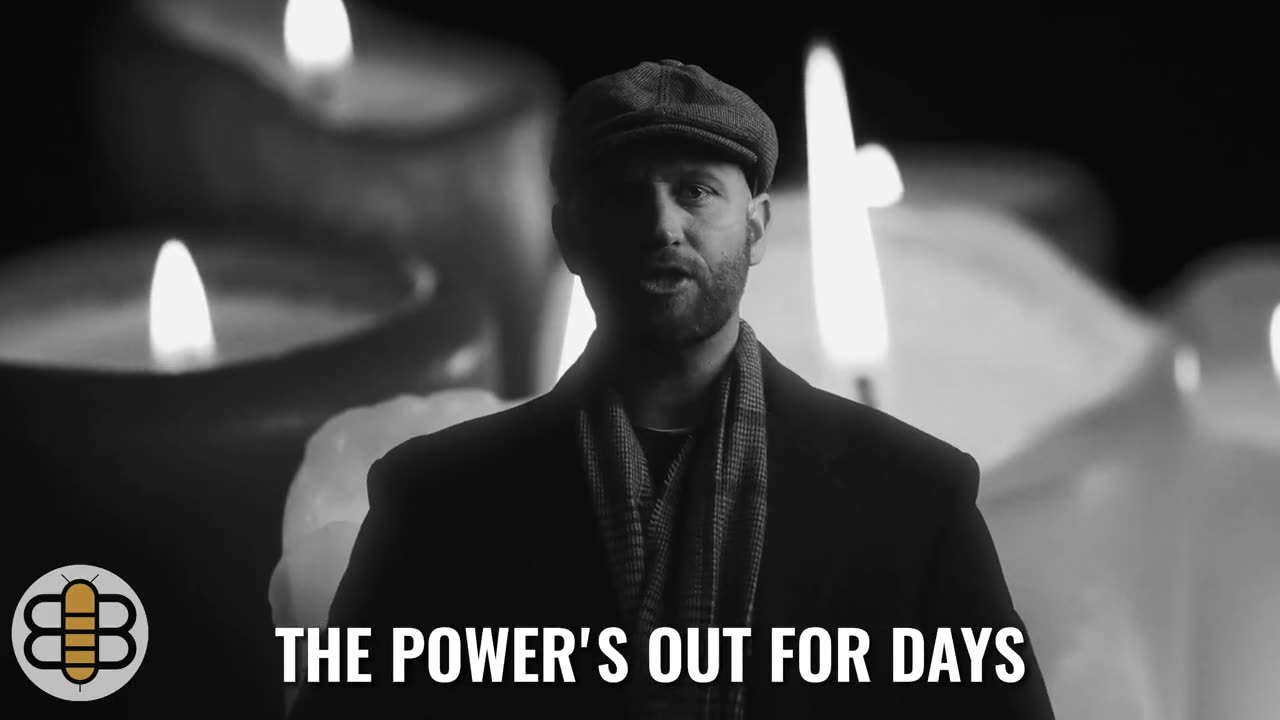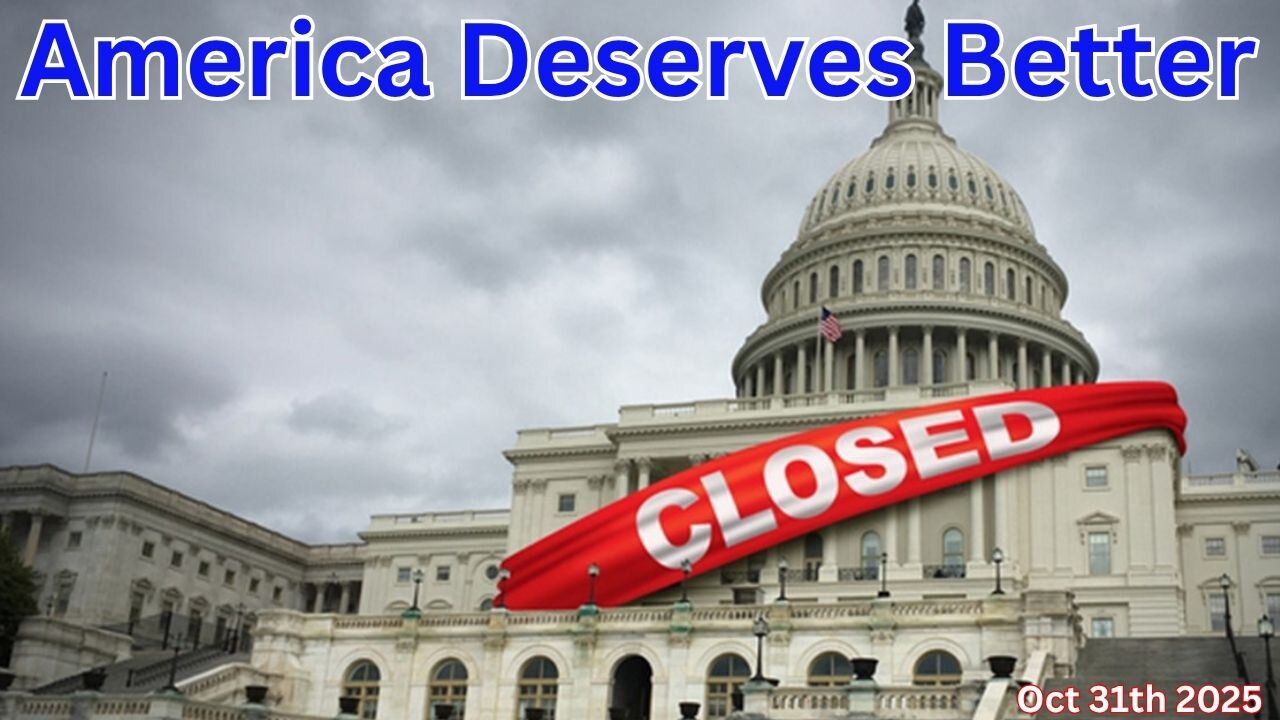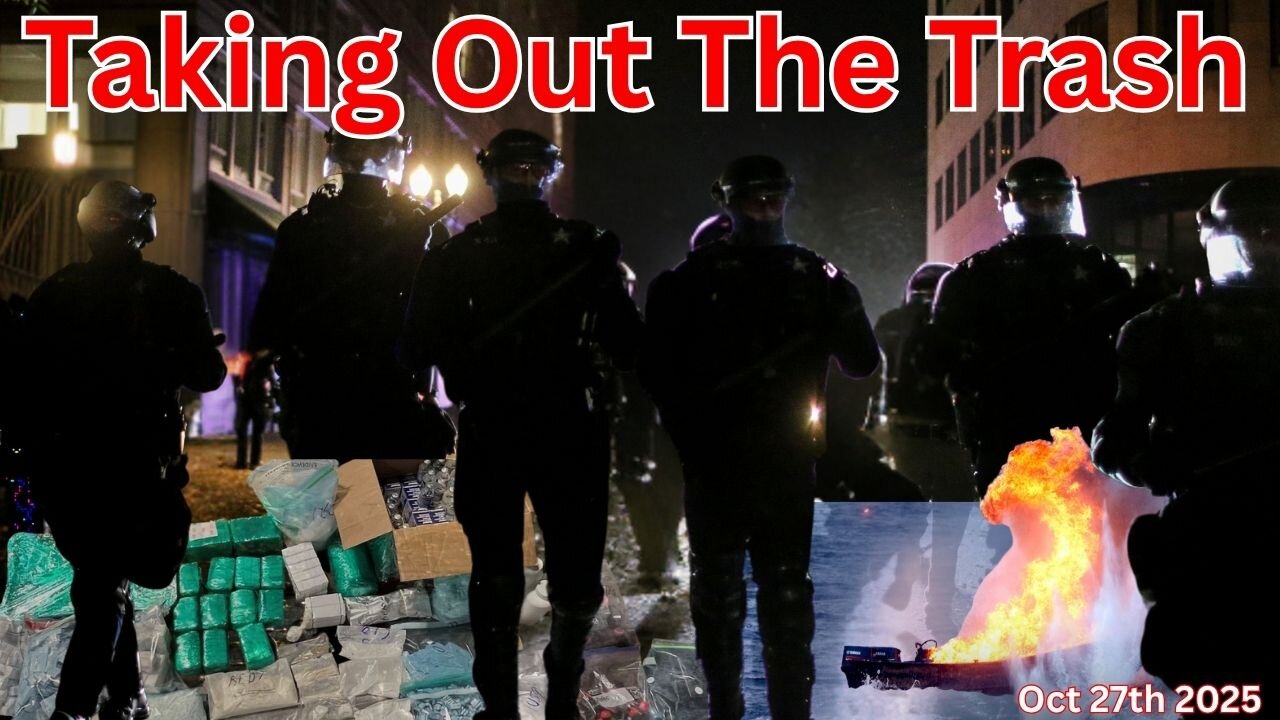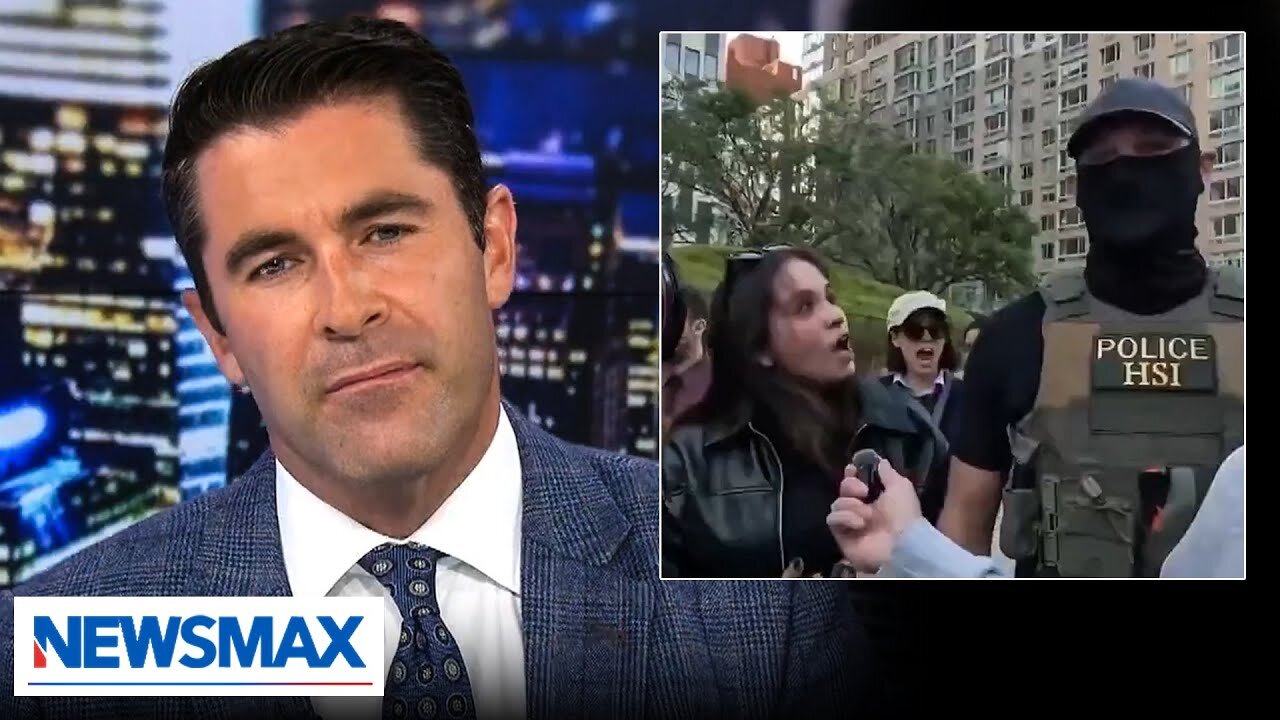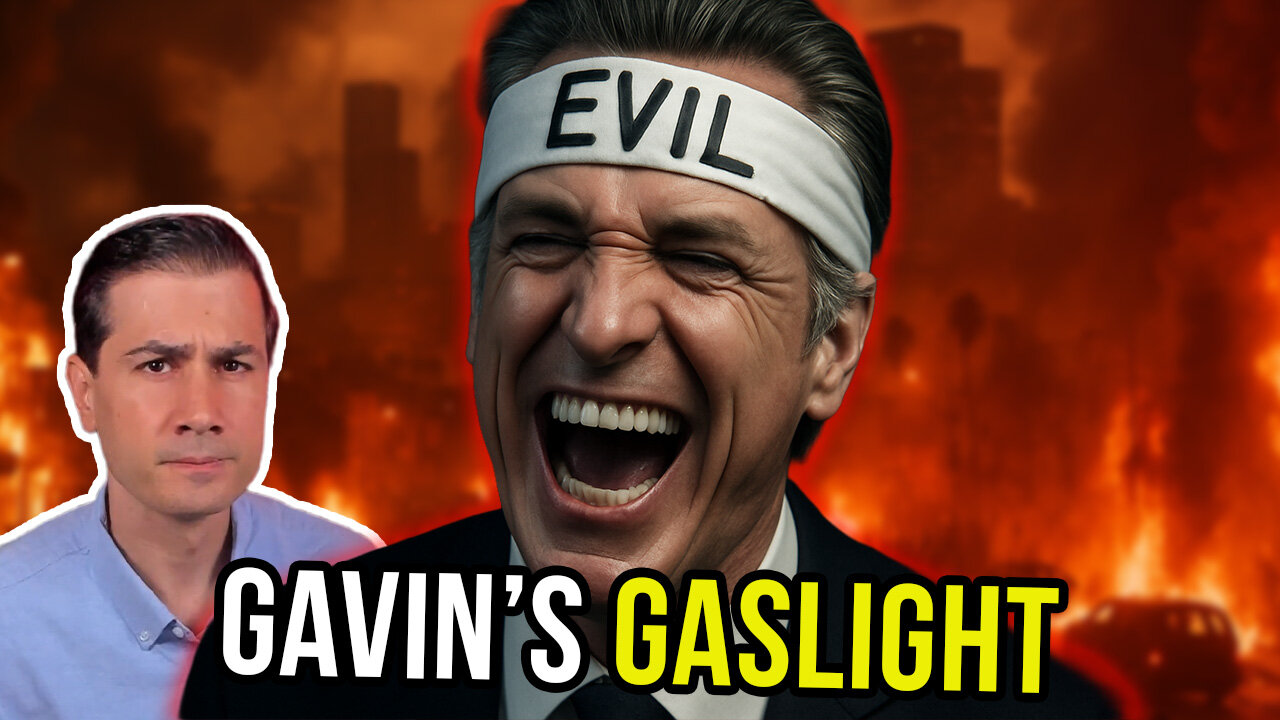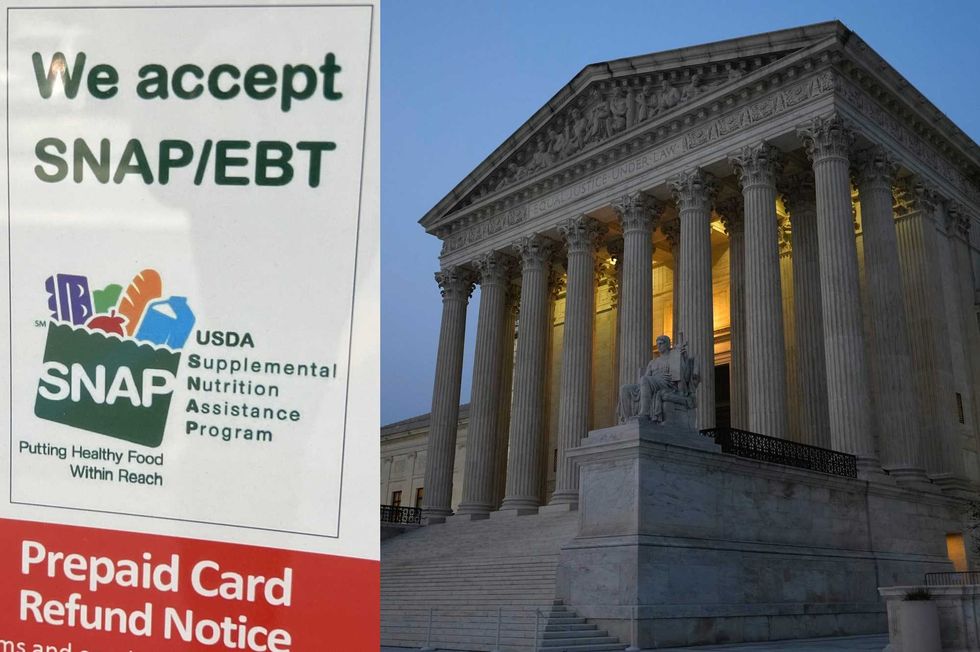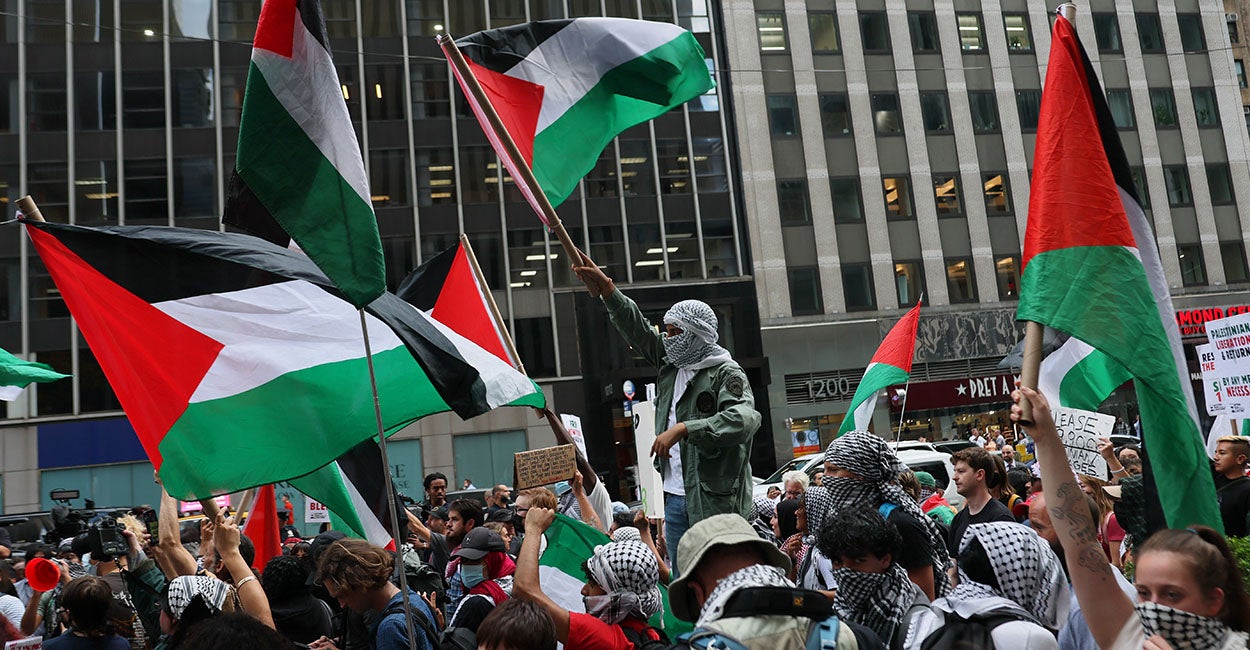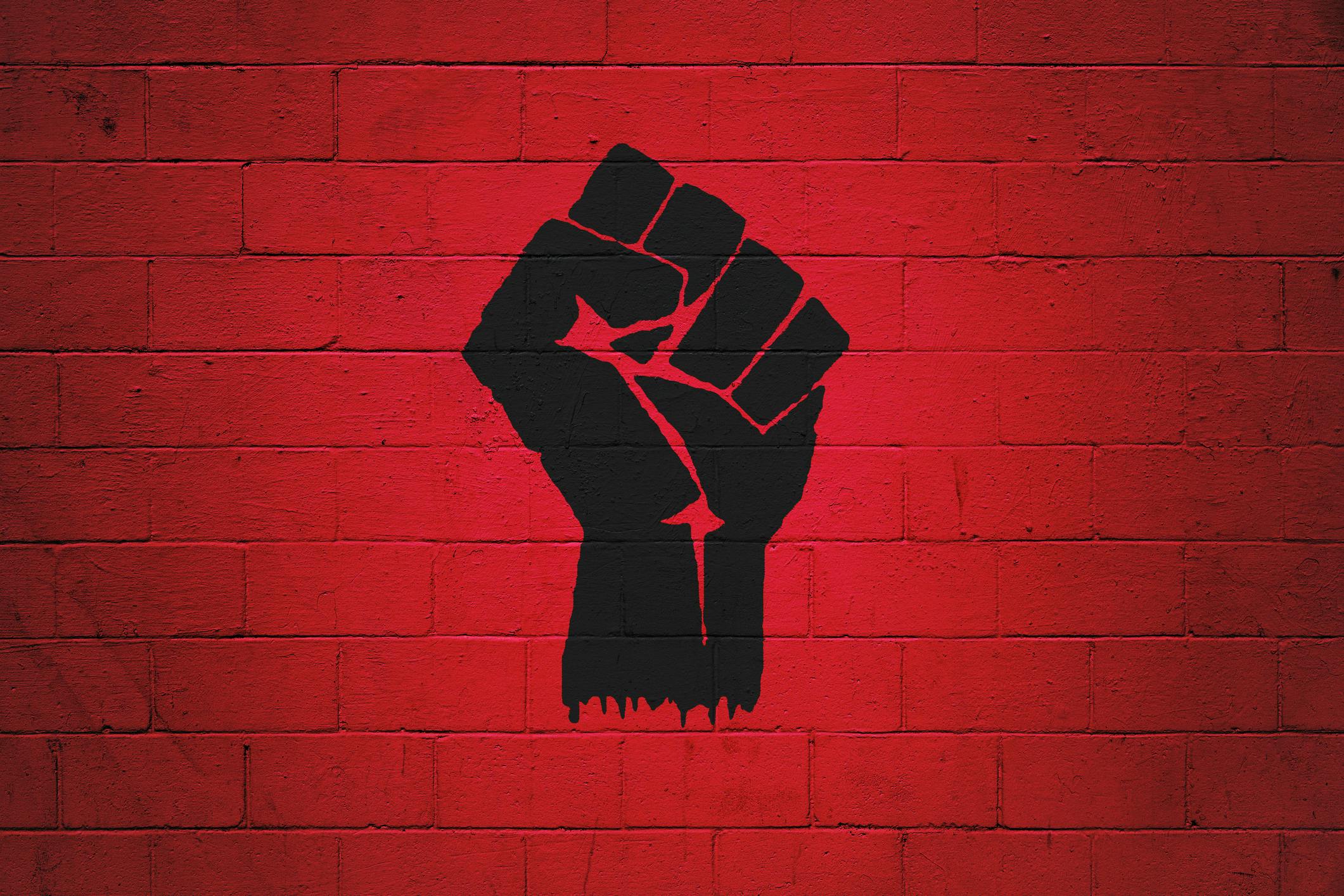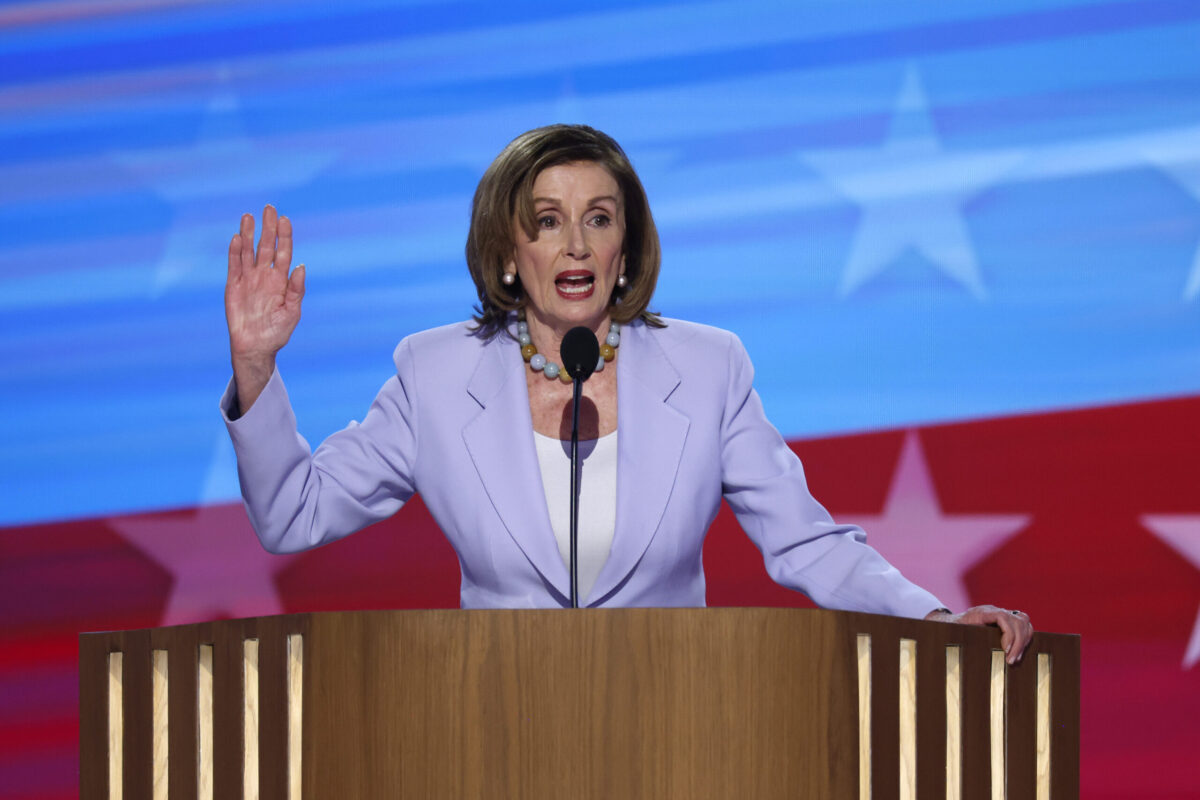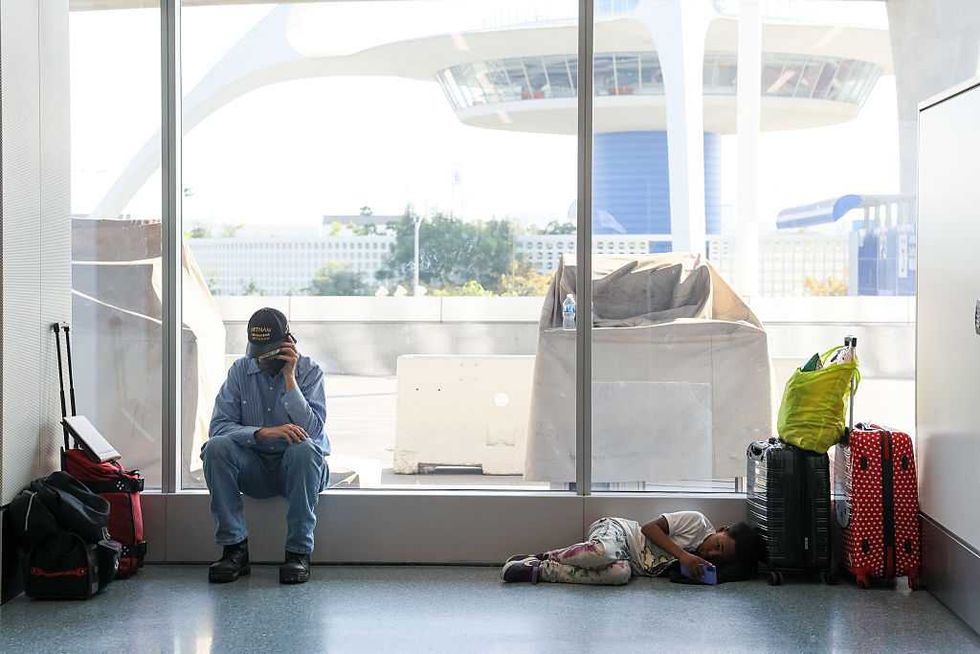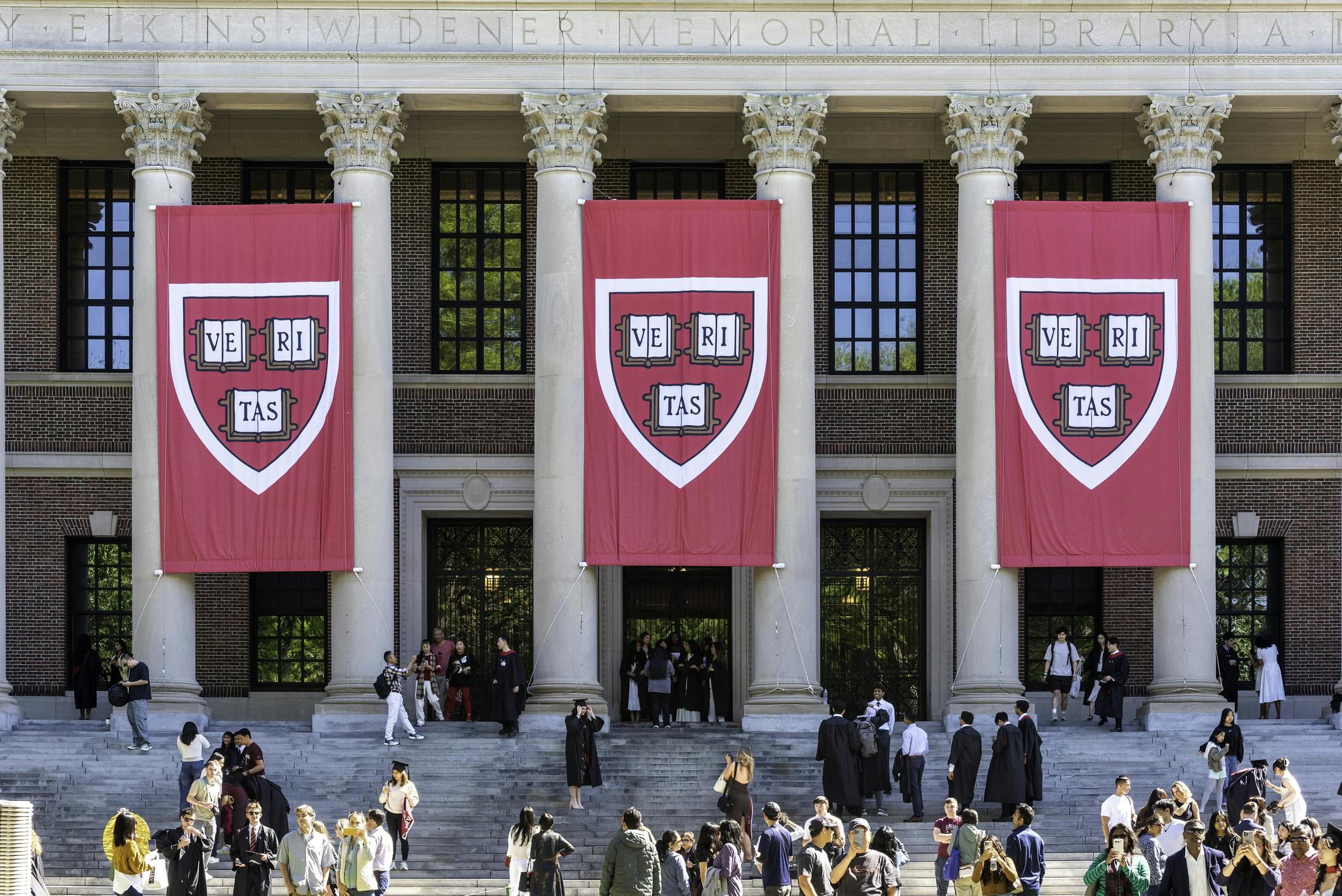War on faith: How anti-Catholic violence is exploding almost unnoticed
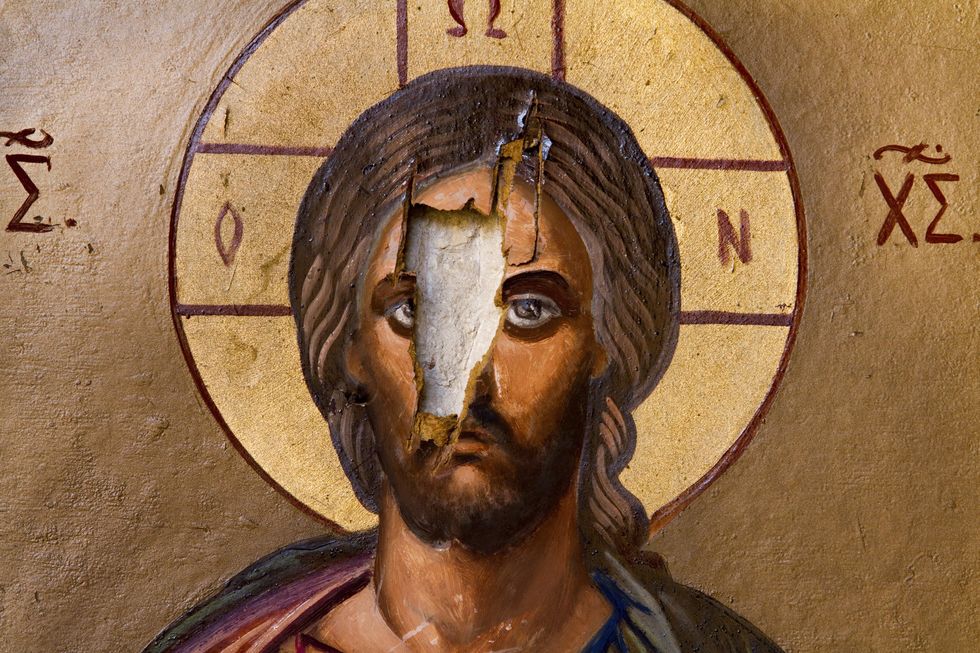
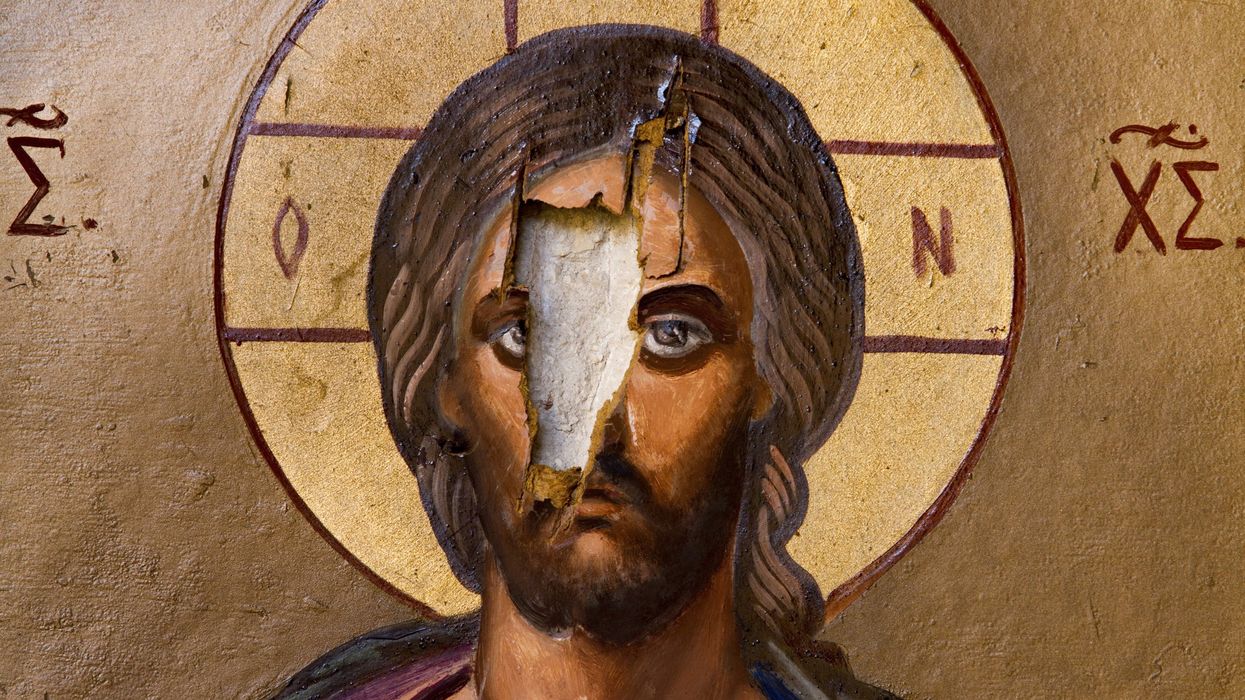
As Catholics around the world eagerly awaited white smoke from the Sistine Chapel, a pastor in rural Pennsylvania watched a very different kind of white smoke pouring from a humble chapel at his church.
At 9:02 p.m. May 6, a 32-year-old man named Kyle Kuczynski allegedly detonated a stick of dynamite on the altar of the chapel at St. Teresa of Calcutta Church — so named because Mother Teresa once visited it — in Mahanoy City. Surveillance footage turned over to law enforcement revealed that Kuczynski had been casing the chapel, entering at least three other times earlier in the week.
It is high time for the federal government to take real action that will deter violence and ensure the safety of its churches.
The bombing marked the 500th documented act of violence or vandalism against a Catholic church in the United States in the last five years.
CatholicVote, the nation’s largest lay Catholic advocacy organization, has tracked each incident, from the destruction of a Nativity scene at a church in the Florida Keys to the smashing of the crucifix at a church in Emmonak, Alaska.
The disturbing long-term pattern of attacks began in May 2020.
As civil unrest gripped the country, Catholic churches were caught up in the chaos, with incidents like satanic graffiti spray-painted on walls and bricks thrown through stained-glass windows. A historic church in California, built in 1790, was burned to the ground.
But even as the national climate calmed down, the attacks against Catholic churches accelerated.
The first wave of attacks was usually tied to loosely related left-wing movements. Others had more broadly spiritual themes. Statutes of Jesus, Mary, and saints were destroyed, often in eerie ways such as beheadings. Altars were ransacked. Nativity scenes were vandalized. More churches were set on fire.
The violence took a darker turn when the draft of the Supreme Court’s Dobbs v. Jackson decision was leaked in May 2022.
Dozens of Catholic churches were attacked by pro-abortion activists working under the banners of Jane’s Revenge, Ruth Sent Us, and other domestic extremist networks. In one incident, pro-abortion rioters attempted to storm a Catholic church in Manhattan; when they were thwarted by parishioners guarding the doors, the rioters resorted to hurling profanities and performing a strange stunt involving a baby doll.
In one particularly sinister case, someone posted a note threatening a mass shooting if abortion were banned on the door of a college dormitory for Catholic students at the University of Nebraska at Omaha.
The tracker specifically excludes cases that are clearly motivated by material gain, like thefts of cash from the poor box. The attacks have common threads of politically and spiritually tinged hatred. Take, for example, a 2023 incident in rural Arkansas in which an intoxicated man took a sledgehammer to a stone altar at an abbey and extracted 1,500-year-old relics of saints that were sealed inside and not externally visible.
Hundreds of statues have been damaged or destroyed. Bricks have been thrown through stained-glass windows in acts of hate that hearken back to the civil rights era. Dozens of altars have been ransacked. Five cases involved gunshots fired at churches, including a remote abbey in Missouri in which nuns were sleeping. A few holy water fonts have been sabotaged with urine and feces. Children have been traumatized by threatening messages.
An estimated $36 million in damages has been caused by the attacks. Fifty of the attacks involved arson, with several churches declared a total loss.
But the price tag does not tell the full story. Some of the damages are not quantifiable, such as irreplaceable antique stained-glass windows or consecrated hosts and relics that have been stolen. Plus, the need to hire security guards or install new security equipment — costs that are usually not covered by insurance — far exceeds repair and replacement price tags.
Precious artifacts donated by immigrants or grandmothers, or slaved over by parishioners, have been lost. In several cases, clergy and parishioners have been physically attacked, including one priest in Kansas who was killed last month.
The violence hearkens back to grim periods in the 19th and 20th centuries when Catholics faced similar attacks and had their loyalties constantly questioned.
This violence was completely unabated during the Biden administration.
The second Catholic president dedicated zero federal resources to combatting the problem. Not a single federal arrest or prosecution was made in any of the cases. No task forces were convened, and no strong statements of condemnation came from the Biden White House. Local arrests have been recorded in only about 30% of the incidents. Pastors have reported that local law enforcement are diligent but hamstrung by a lack of resources that the federal government could have provided.
Fortunately, there is some hope on the horizon.
The Trump administration has vowed to combat anti-religious violence, and Harmeet Dhillon, assistant attorney general in the Department of Justice’s Civil Rights Division, recently pledged to prosecute perpetrators of attacks on churches, which can be federal crimes under the FACE Act.
As all eyes are on the Catholic Church, it is high time for the federal government to take real action that will deter violence and ensure the safety of its churches. Anti-Catholic bigotry cannot be tolerated any longer.
Originally Published at Daily Wire, Daily Signal, or The Blaze
What's Your Reaction?
 Like
0
Like
0
 Dislike
0
Dislike
0
 Love
0
Love
0
 Funny
0
Funny
0
 Angry
0
Angry
0
 Sad
0
Sad
0
 Wow
0
Wow
0

















